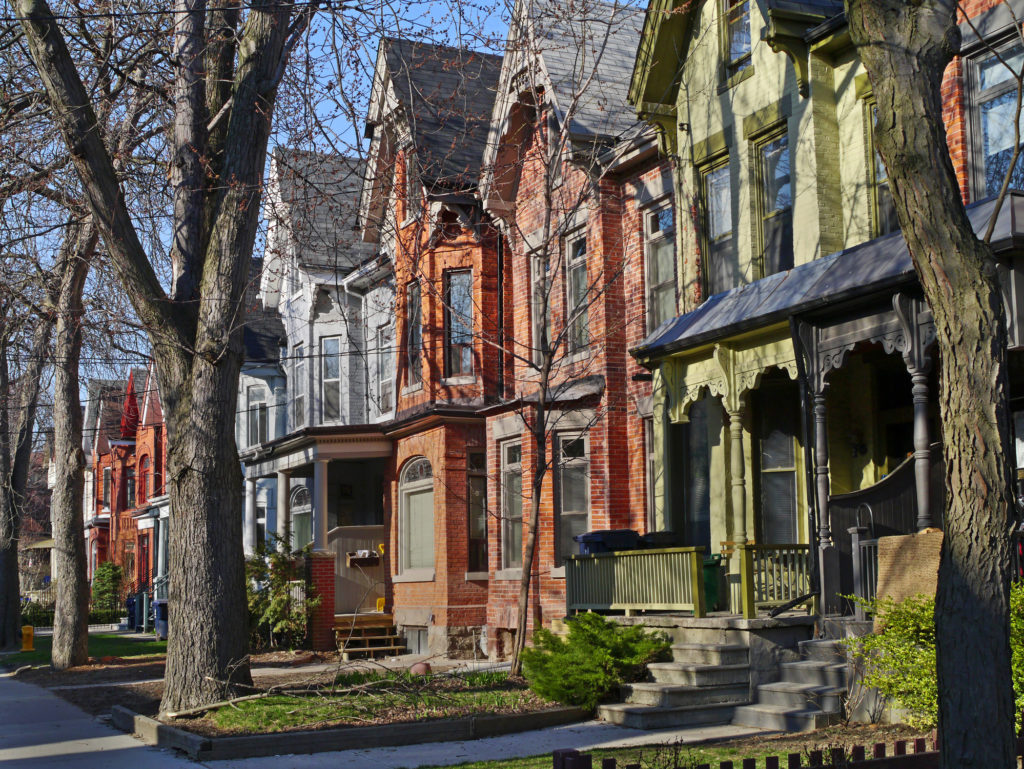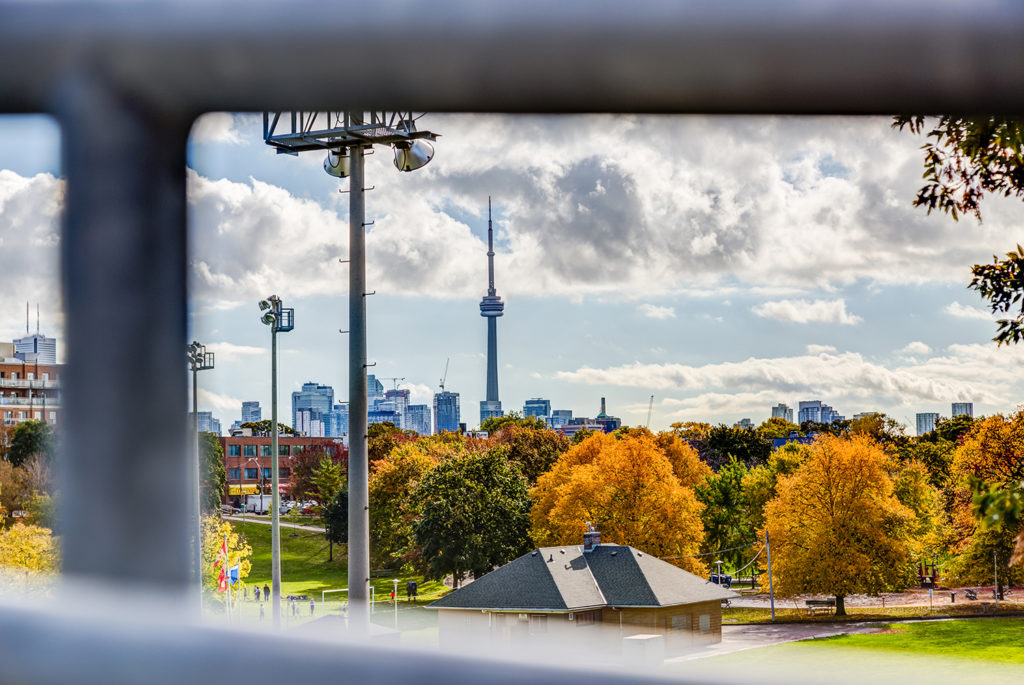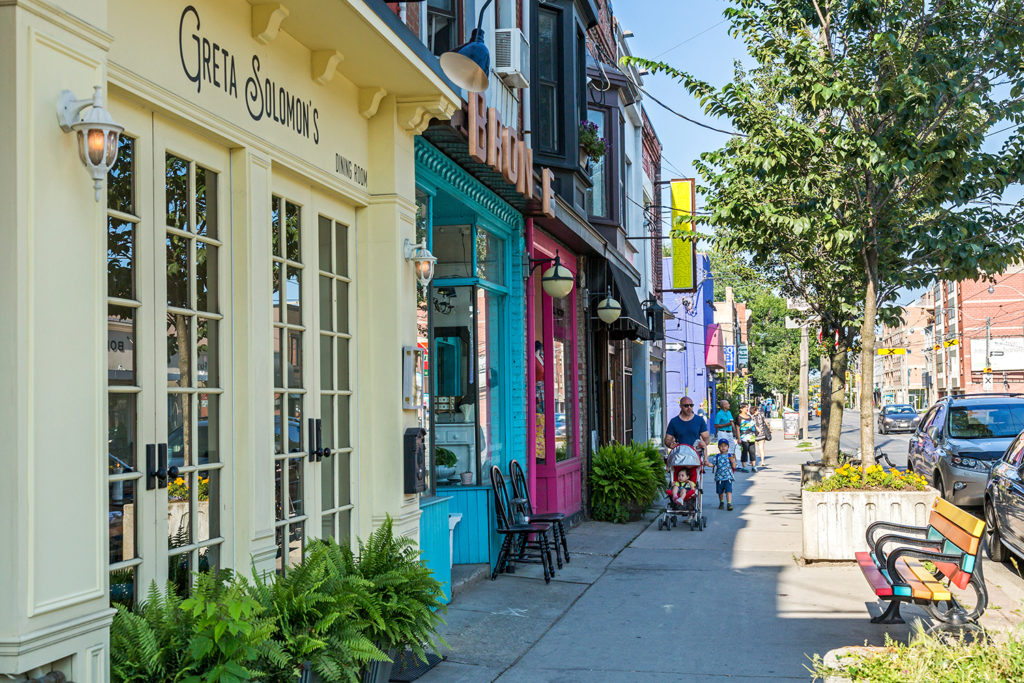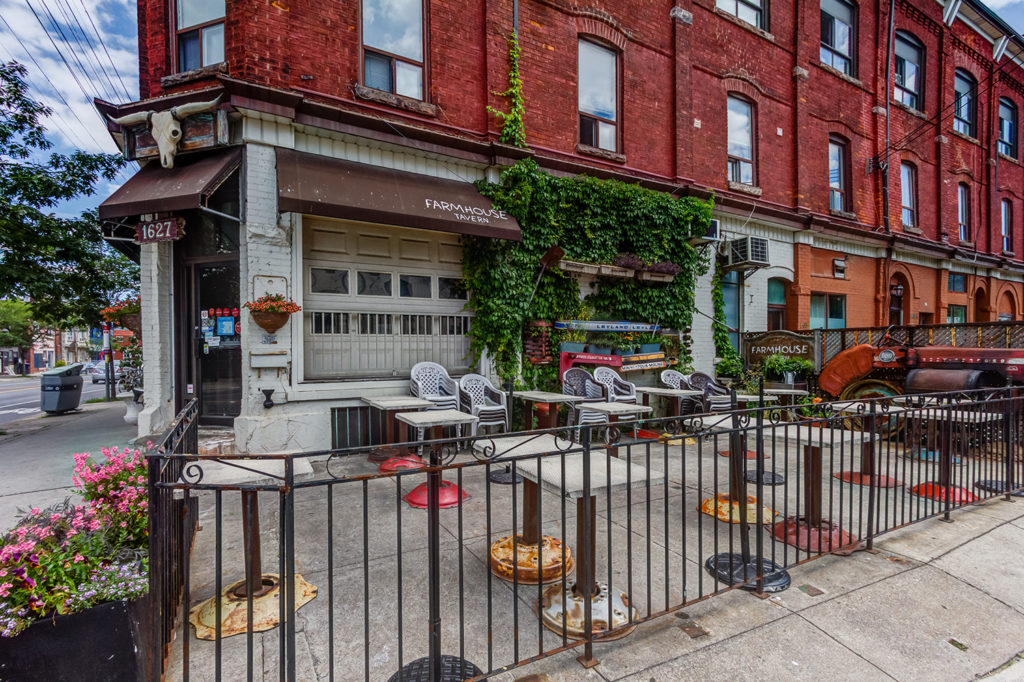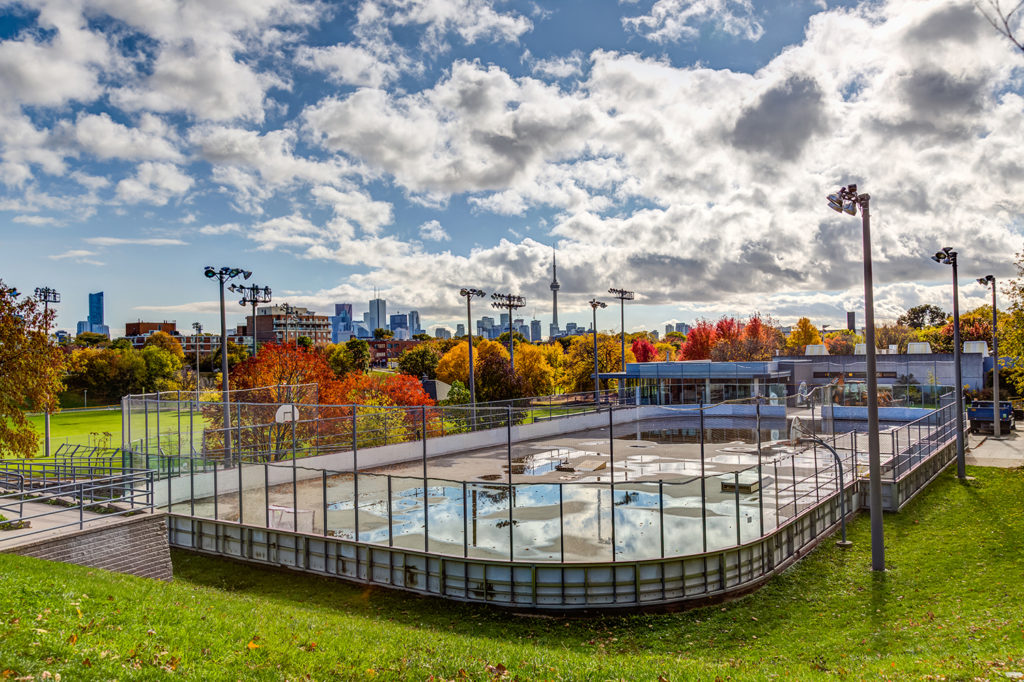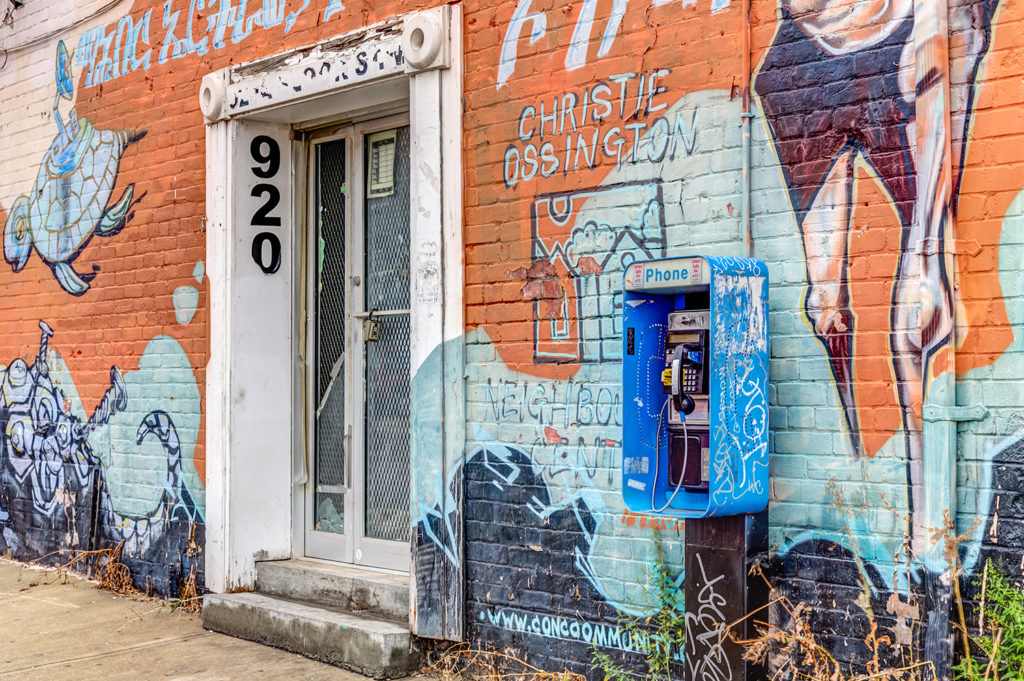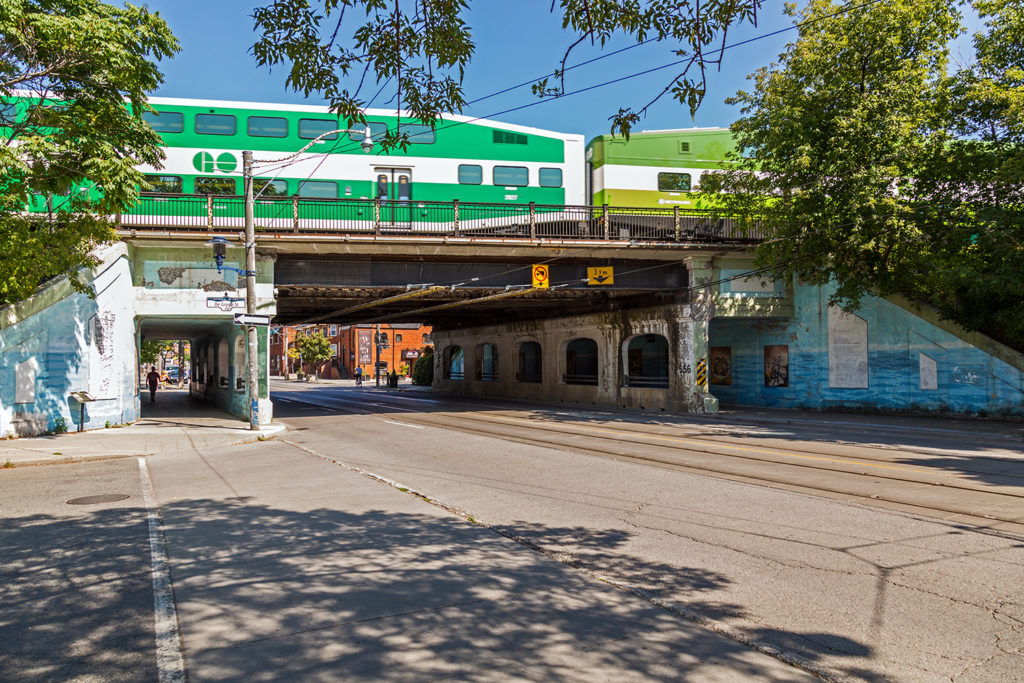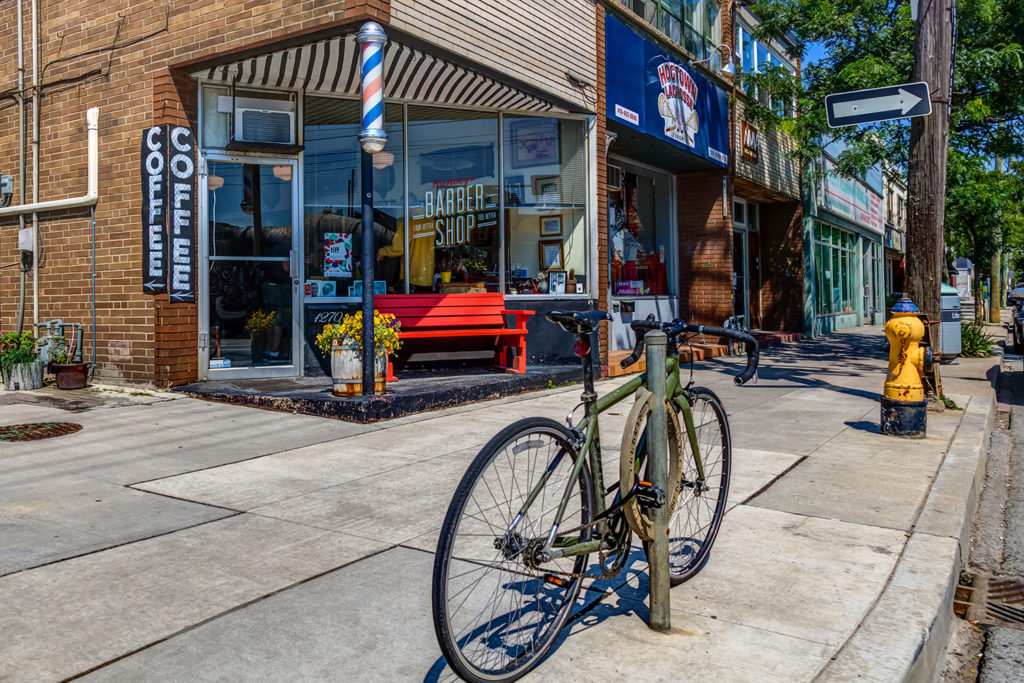Toronto has so many great neighbourhoods…how do you possibly choose? We’ve put together a list of 88 things to consider when selecting your next neighbourhood.
Types of Homes and Lots
- What types of homes are in the neighbourhood? Are they mostly detached, semi-detached or attached or is it more of a townhouse, condo or industrial loft neighbourhood? Are the houses mostly bungalows, back-splits, two or three storey houses?
- On average, how old are the homes? Would you prefer to be surrounded by century homes, newly built homes?
- What styles of houses are in the neighbourhood? In Toronto, we find Victorians, Tudors, Georgians, modern boxy houses, art deco and more. Arts and crafts houses, See the different types of architecture found in Toronto here.
- What are the typical lot sizes? How much room is there in between houses? Are lots wide or narrow, short or deep?
Neighbourhood Phase
- Is the neighbourhood up-and-coming, already there or as-yet undiscovered?
- Is the neighbourhood gentrifying? Is that good or bad?
- Are any future developments planned for the neighbourhood? You can see planned developments on Urban Toronto’s Condo Development Map.
- In what condition are the houses? Are most of the homes pre, mid or post renovation? What trends do you see? You can check out building permits on this handy City of Toronto Permit Map.
The Neighbours
- How busy is the neighbourhood? Do you want lots of activity or peace and quiet?
- How close-knit are the neighbours? Do they have street parties and book clubs and look after each other’s cats, or do they keep to themselves? Which do you prefer?
- How many people live in the neighbourhood?
- What are the demographics of the neighbourhood? Income, age, education and employment?
- Do most people rent or own their homes in the neighbourhood?
- What’s the cultural diversity in the neighbourhood?
- Does the street or neighbourhood have its own Facebook group?
- How kid-friendly is the street? Are the kids playing basketball together in the laneway or do they keep to themselves?
Note: your REALTOR has access to in-depth demographic neighbourhood information.
Walkability and Conveniences
- What’s the Walkscore? Walkscore doesn’t just look at walkability, but rates neighbourhoods with bike scores and transit scores too. Check out Walkscore here.
- Food: How far are grocery stores, farmer’s markets and convenience stores? What are the nearby restaurant, cafe, bar and shopping options?
- Conveniences: How far are gas stations, fitness centres, hospitals and doctor’s clinics?
Liveability
- Transit: What are the nearby transit options? How often do the subways/streetcars buses run? When does the TTC start and stop in the neighbourhood?
- Daycare: What are the nearby daycare options – private, public and Montessori schools.
- Schools: How far are the schools? Which streets are dedicated to which schools? Is optional enrolment available? What are the schools’ reputations? How involved are the parents? What sort of history do the schools have with the Fraser Institute and EOQ scores? How are the secondary schools? What school options are available in the French and Catholic boards? You can check out our interactive school map here.
- Green spaces: How far are the nearest parks? Do they have facilities like pools or tennis courts or community events? How far is the closest playground?
- Dog-friendliness: How dog-friendly is the neighbourhood? Are there nearby off-leash dog parks? Check out this dog park map.
- What sort of community services are nearby? Pools or wading pools? Recreation centres? You can see all of the City of Toronto’s drop-in programs on this map.
- Places of worship: What sort of churches, mosques or places of worship are nearby?
- Safety – What are the crime statistics in the area? Has crime in the neighbourhood been increasing or decreasing? How far are the nearest fire and police stations? Do you see any red flags – bars on windows, security system stickers in every window? There are plenty of places to research crime statistics online, including the Toronto Police Services Neighbourhoods Maps or the Toronto Major Crimes Map.
- Parking: Do homes in the neighbourhood typically have private parking or garages? What’s the situation with street parking? Are spots readily available? Are overnight passes required? Can a second spot be leased from the city? Are there nearby parking lots guests can use?
- Sunshine and exposure: where does the sun rise and set on the street and how does that affect daylight?
Prices and Buyer Demand
- What are the average prices in the neighbourhood? How do they compare to prices in nearby neighbourhoods? You can see updated Toronto price statistics by community by visiting our Neighbourhood Guides for Downtown Toronto, East Toronto, West Toronto, Central/Midtown Toronto, North of the 401 and Mississauga.
- Have prices been increasing or decreasing?
- How long does it typically take a home to sell? Is that higher or lower than the average in Toronto?
- Do homes tend to sell at or near the asking price, below or above? That’s an important indication of Buyer demand.
Quirks and Issues
- Any special designations (e.g. heritage) that you should be aware of?
- How far away are the train and streetcar tracks? Can you hear them from the street? Does the home shake when they pass by?
- Are there any termite issues on the street? You can read about termites here.
- Any floodplain issues?
- Any known smell issues in the neighbourhood? For example, a nearby abattoir or sewage treatment plan.
- Any nearby industries that might cause noise or other kinds of pollution?
- Any nearby cell phone towers or electrical transformer stations?
- Any nearby cemeteries?
- Is the neighbourhood known for having rodent issues?
- Have the lead pipes been replaced by the city? Click here to read more about lead in your drinking water.
- Any traffic congestion or flow issues? Some streets and Toronto neighbourhoods have bottlenecks.
- Any homeless shelters or halfway houses in the neighbourhood? We’re not suggesting you join the NIMBY crowd – but it’s important to know.
If Buying Outside of Toronto
-
- If you’re buying outside of the City of Toronto, how do property taxes compare to other nearby communities?
- What types of city services are available?
- How much are land transfer taxes? If buying outside of Toronto, you’ll only have to pay one tax. You can read more about land transfer taxes here.
How to Choose the Right Neighbourhood For You
Intimidated by the list? Don’t be. The good news is that there aren’t any right answers – but it’s important to consider all the aspects of a neighbourhood to know what’s important to you. While you can change a lot about a house, you can’t change the neighbourhood it’s in, so make sure you:
- Research – We have so much information at our fingertips between Google, Facebook, and Instagram. Research online. Talk to your friends and family. The BREL team has also written a series of in-depth guides for 60 of Toronto’s top neighbourhoods (with more neighbourhoods being released all the time). You can read all about what we love and hate and what to expect in our Toronto Neighbourhood Guides.
- Hire the right REALTOR. The best real estate agents know that helping their Buyers choose the right neighbourhood is one of their most important jobs. Experienced agents know the ins and outs of Toronto neighbourhoods and know where to find the answers they don’t have. They also have access to all sorts of neighbourhood reports that aren’t publicly available.
- Explore. Not sure if a neighbourhood is right for you? Head out and explore. Visit the local coffee shop, talk to the people in the park and walk through the streets. Make sure to visit at night too – a neighbourhood can feel very different when it’s dark.
Looking for a REALTOR to help you choose a neighbourhood and buy the home of your dreams? You know how to reach us. (and if you don’t: text 416-568-0427 or email us here)
